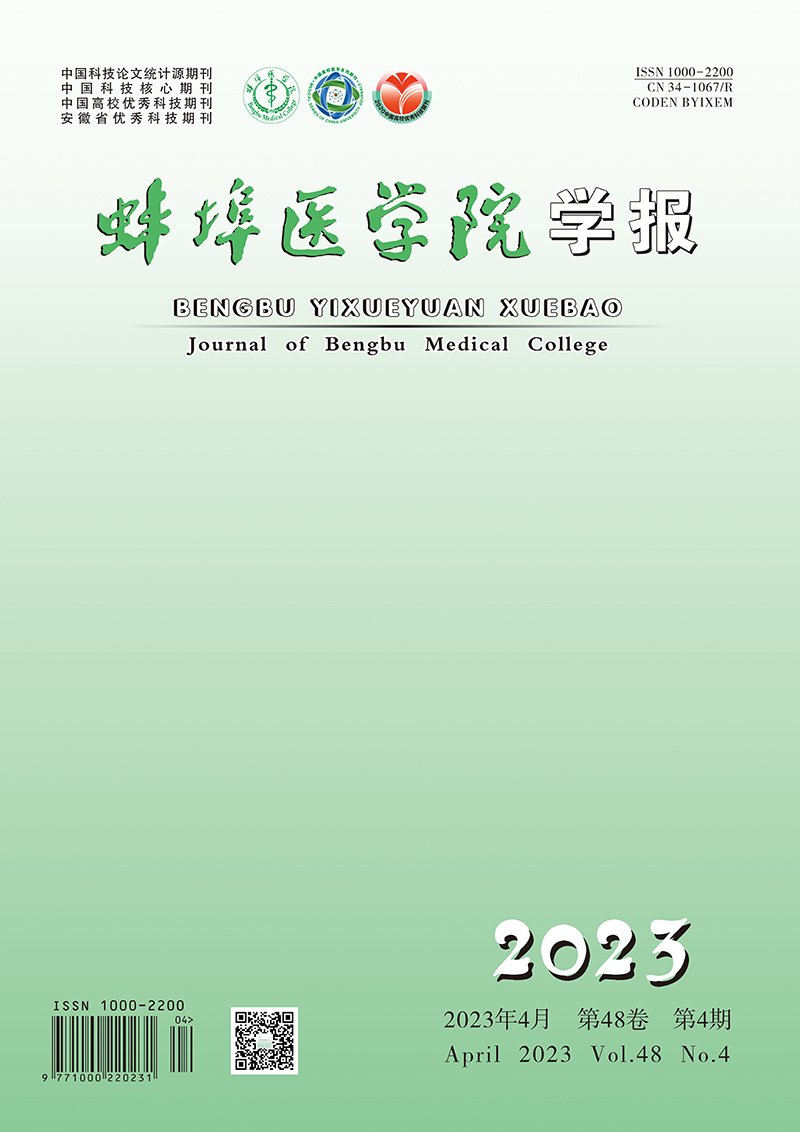Technical refinements in the surgical treatment of benign parotid tumors数
- Received Date: 2007-05-23
Abstract: Objective: To describe a modified technique of benign parotid tumors. Methods: Using a face-life incision, the greater auricular nerve was exposed and repaired. According to the position of the tumor, the facial nerve surrounding the branch was selectively retrograded and anatomized, and a partial ectomy of the superficial part of the parotid gland main catheter was performed, keeping the parotid gland. A sternocleidomastoid flap is then transplanted to fill the surgical defect and block the anastomosis between the fibers of the parasympathetic nerve and sympathetic nerve as a mechanical barrier, using the suction drain postoperatively. Results: Thirty-six patients received modified parotidectomy, and all operations were successful. Temporary moderate facial palsy occurred in 5 patients. All patients were followed up for 1-3 years;none of them developed Frey's syndrome or salivary fistula. Further, earlobe sensation recovered completely. The function of the rest of the parotid gland was maintained, and all patients had a satisfactory opinion of their post-operation cosmetic appearance. Conclusions: A modified parotidectomy technique greatly reduces the disadvantages of traditional parotidectomy techniques. A long-term follow-up is needed before the technique can be used as a conventional technique.






 DownLoad:
DownLoad: